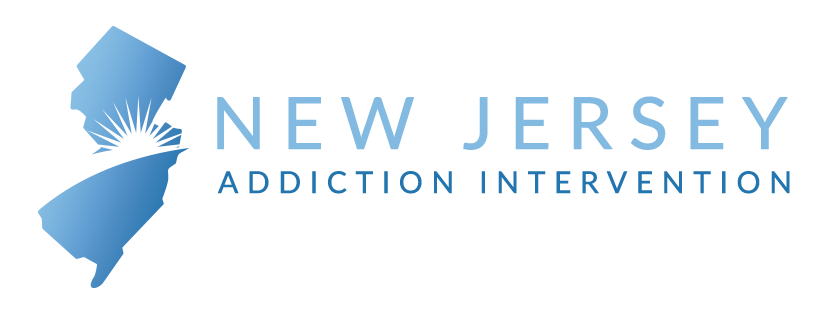If you love someone who struggles with addiction, you know the feelings that can surround this condition. You may worry, feel anger or sadness, or feel helpless. Trying to convince your loved ones that they need help and then supporting them as they work through treatment can be life-saving acts of love.
Once you recognize that your loved one is living with addiction, you may want to jump into action. But how? What are the next steps that will push them to get the treatment they need to overcome their addiction?
Many people wonder about staging an intervention. Interventions have become popularized by a reality TV show, but even watching every episode can’t adequately prepare you to have your own. Each person has their own journey with addiction, and you must first learn about their addiction and other needs to ensure you can hold a successful intervention.
There is also more than one kind of intervention. We have broken down the four most common intervention methods so you can learn about them before planning your intervention. If you are looking for more information about treating addiction or you want support in planning an intervention, please reach out to the staff at New Jersey Addiction Interventions.
1. Direct Intervention
A direct intervention is the most commonly used of all the intervention methods. When you see an intervention portrayed on TV or in a movie, it is probably a direct intervention. This method has several steps. They are:
- Choose who will be present during the intervention–usually close family and friends and a professional interventionist
- Prepare statements about how the person’s addiction has impacted those present
- Decide and agree on what the consequences will be if the person refuses treatment
- Carry out the intervention
- Help the person into treatment or follow through on consequences if they refuse
This type of intervention usually produces a quick response–the person either accepts help or refuses. There is little input from the person with the addiction. If this person has been wanting help for some time, it can take the pressure off of them by giving them an easy path into treatment.
2. Invitational Intervention
This is a type of indirect intervention where the focus is split equally between the family of the person with addiction and the person themselves. In an invitational intervention, the person’s family members receive education about addiction, work with professionals to identify potentially enabling behaviors, and work to change the family environment to support the person’s recovery.
Intervention methods that are indirect often take more time and patience but have a better retention rate once the person actually begins treatment. The goal of indirect interventions is to make meaningful changes to the person’s environment in order to reduce their drug and alcohol use.
3. ARISE Method
This indirect method of intervention uses methods and techniques from both direct and invitational interventions. ARISE stands for A Relational Sequence for Engagement. The steps involved in this type of intervention include:
- Counseling from an ARISE intervention specialist for concerned friends and family
- Inviting the person with an addiction to attend an ARISE meeting–about half of participants agree to start treatment at their first meeting
- If the person refuses treatment, a more direct intervention takes place
- If they continue to refuse, their family and friends enact consequences
This method uses the principles of the direct intervention methods but also focuses on counseling the person’s friends and family. As with other forms of indirect interventions, the goal is to change the person’s environment in order to cause changes in their behavior.
4. Love First Method
As the name suggests, this indirect intervention method focuses on conveying love to the person with an addiction and uses the strength of the relationship to steer them towards addiction treatment.
In practice, the Love First method involves:
- Family and friends write letters to express their love, support, and encouragement
- The person with addiction practices loving affirmations
- The person with addiction uses visualizations to focus on what life will be like after they recover from addiction
- Friends and family commit to joining the person on their recovery journey
- Loved ones come together to work towards a common goal
Approaching addiction treatment and recovery with a team mentality can help the person with addiction feel supported and accepted. It frees them from the shame and guilt that is so common in addiction. It is flexible, not forceful, and can be effective for certain people.
Learn More About Effective Intervention Methods at New Jersey Addiction Interventions
If you or someone you love requires substance abuse treatment or you want more information about staging a successful intervention, please reach out to the staff at New Jersey Addiction Interventions. We offer a range of programs designed to give people the skills they need to recover from addiction or to support someone they love on their recovery journey.
Don’t wait another day for the life-changing treatment or support you need. Call today to speak to one of our admissions counselors.
Medically Reviewed: September 27, 2021

All of the information on this page has been reviewed and verified by a certified addiction professional.

